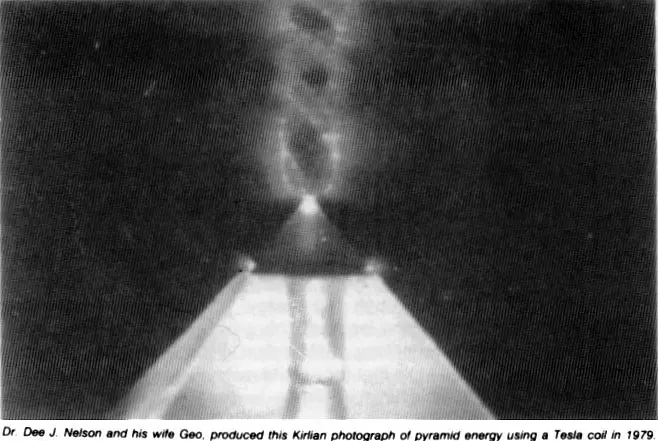Mars has been a source of myth, lore and inspiration since antiquity. It is also an interesting place to research—a legitimate candidate for us to find some form of alien life. …read more […]
|
|
||
|
Astronomers have found a new Super-Earth orbiting an M-dwarf (red dwarf) star about 137 light-years away. The planet is named TOI-715b, and it’s about 1.55 Earth’s radius and is inside the star’s habitable zone. There’s also another planetary candidate in the system. It’s Earth-sized, and if it’s confirmed, it will be the smallest habitable zone planet TESS has discovered so far. …read more […] Trappist-1 is a fascinating exoplanetary system. Seven worlds orbiting a red dwarf star just 40 light-years away. All of the worlds are similar to Earth in mass and size, and three or four of them are potentially habitable. Imagine exploring a system of life-rich worlds within easy traveling distance of each other. It’s a wonderful dream, but as a new study shows it isn’t likely that life exists in the system. It’s more likely the planets are barren and stripped of their atmospheres. …read more […] It’s a long way to the nearest star, which means conventional rockets won’t get us there. The fuel requirements would make our ship prohibitively heavy. So an alternative is to travel light. Literally. Rather than carrying your fuel with you, simply attach your tiny starship to a large reflective sail, and shine a powerful laser at it. …read more […] Humans have always looked at the sky, using the stars as navigation guides or for spiritual storytelling. Every human civilization has looked to the stars and used celestial movements to measure time and find meaning. …read more […] Fixed numbers of protons and neutrons—the building blocks of nuclei—can rearrange themselves within a single nucleus. The products of this reshuffling include electromagnetic (gamma ray) transitions. These transitions connect excited energy levels called quantum levels, and the pattern in these connections provide a unique “fingerprint” for each isotope. …read more […] While image denoising algorithms have undergone extensive research and advancements in the past decades, classical denoising techniques often necessitate numerous iterations for their inference, making them less suitable for real-time applications. …read more […] Researchers from Tokyo Metropolitan University have created a new superconductor with a chiral crystalline structure by mixing two materials, one with superconductivity but no chirality, another with chirality but no superconductivity. …read more […] When a total solar eclipse comes to the Dallas-Fort Worth area on April 8, and the moon starts to cover the sun in the sky, it may feel safe to sneak a peek without eclipse glasses. But experts say that staring at the sun for as little as five seconds can damage your eyes. Look longer, and that damage could become permanent. …read more […] Astrophysicists from the University of Central Lancashire (UCLan) have found that planets have flattened shapes like smarties just after they form rather than being spherical as previously thought. …read more […] Programmable photonic integrated circuits (PPICs) process light waves for computation, sensing, and signaling in ways that can be programmed to suit diverse requirements. Researchers at Daegu Gyeongbuk Institute of Science and Technology (DGIST), in South Korea, with collaborators at Korea Advanced Institute of Science and Technology (KAIST), have achieved a major advance in incorporating microelectromechanical systems into PPICs. …read more […] 
There are many geoglyphs around the world which are beyond fascinating. One of them is certainly the Atacama Giant or Gigante de Tarapacá as it is known locally. Created around 800 AD, many believe that this giant geoglyph is the earliest depictions of a ‘skygod’, something that has caused much debate among experts.The Atacama desert in chile has been a very important place in the past and present. The Atacama desert features some of the largest collection of ‘pictorial’ geoglyphs discovered on the planet. Researchers have found approximately 5,000 examples in the area. Most of the geoglyphs from the area …read more […] Astronomers have conducted spectroscopic and photometric observations of a peculiar pulsating variable white dwarf known as TMTS J17184064+2524314. Results of the observational campaign, published January 26 on the preprint server arXiv, provide essential information regarding the properties and behavior of this object. …read more […] 
If the Great Pyramid of Giza wasn’t used as a tomb for the Pharaohs of Ancient Egypt… what was its real purpose then? After the Project called ‘Scan Pyramids’ analyzed the ancient structure with advanced equipment, researchers detected thermal anomalies inside the great pyramid of Giza revealing shocking details about it. The fact that there are thermal anomalies inside the great pyramid is an enigma since it was believed that the temperature inside the pyramid was always constant and equals the average temperature of the earth, 20 Degrees Celsius (68 Degrees Fahrenheit). Pyramids’ effects are connected to gravity, which is pushing down …read more […] Russian cosmonaut Oleg Kononenko has broken the world record for the most cumulative time spent in space, Russia’s space agency Roscosmos reported Sunday. …read more […] |
||
|
Copyright © 2025 Paranormal News Network - All Rights Reserved Powered by WordPress & Atahualpa 130 queries. 0.351 seconds. |
||

